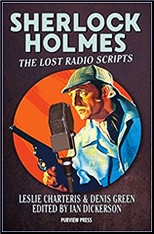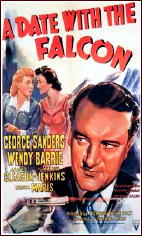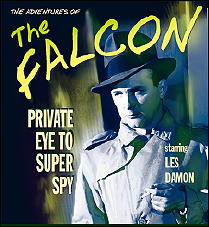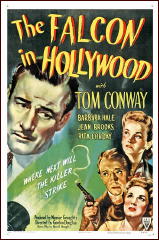Mon 26 Mar 2018
Book Noted: JONATHAN E. LEWIS, Editor – Strange Island Stories.
Posted by Steve under Books Noted[7] Comments
JONATHAN E. LEWIS, Editor – Strange Island Stories. Stark House Press, trade paperback. Published today!
CONTENTS:
Introduction
GHOSTS AND SHAPE SHIFTERS
“Monos and Daimonos†by Edward Bulwer (New Monthly Magazine, May 1830; The Student: A Series of Papers, 1835)
“Hugenin’s Wife†by M.P. Shiel (The Pale Ape and Other Pulses, 1911)
“The Far Islands†by John Buchan (Blackwood’s Magazine, November 1899; The Watcher by the Threshold and Other Tales, 1902)
“The Ship That Saw a Ghost†by Frank Norris (A Deal in Wheat and Other Tales of the New and Old West, 1903)
“The Gray Wolf†by George MacDonald (Works of Fantasy and Imagination, 1871)
“The Camp of the Dog†by Algernon Blackwood (John Silence: Physician Extraordinary, 1908)
“Island of Ghosts†by Julian Hawthorne (All Story Weekly, April 13, 1918)
BIZARRE CREATURES AND FANTASTIC REALMS
“The Fiend of the Cooperage†by Arthur Conan Doyle (The Manchester Weekly Times, October 1st 1897; Round the Fire Stories, 1908)
“Spirit Island†by Henry Toke Munn (Chambers Journal, November 1922)
“The Purple Terror†by Fred M. White (The Strand Magazine, September 1899)
“Friend Island†by Francis Stevens (All-Story Weekly, September 7, 1918; Fantastic Novels Magazine, September 1950)
“In the Land of Tomorrow†by Epes Winthrop Sargent (The Ocean, December 1907 and January 1908)
“The Isle of Voices†by Robert Louis Stevenson (Island Night’s Entertainment, 1893)
“Dagon†by H. P. Lovecraft (The Vagrant, November 1919; The Outsider and Others, 1939)
“The People of Pan†by Henry S. Whitehead (Weird Tales, March 1929; West India Lights, 1946)
HUMAN HORRORS
“The Sixth Gargoyle†by David Eynon (Weird Tales, January 1951)
“Three Skeleton Key†by George G. Toudouze (Esquire, January 1937)
“Good-by Jack†by Jack London (The House of Pride and Other Tales of Hawaii, 1912)
“The Isle of Doom†by James Francis Dwyer (The Popular Magazine, April 15 1910)
“An Adriatic Awakening†by Jonathan E. Lewis
Notes for Further Reading




